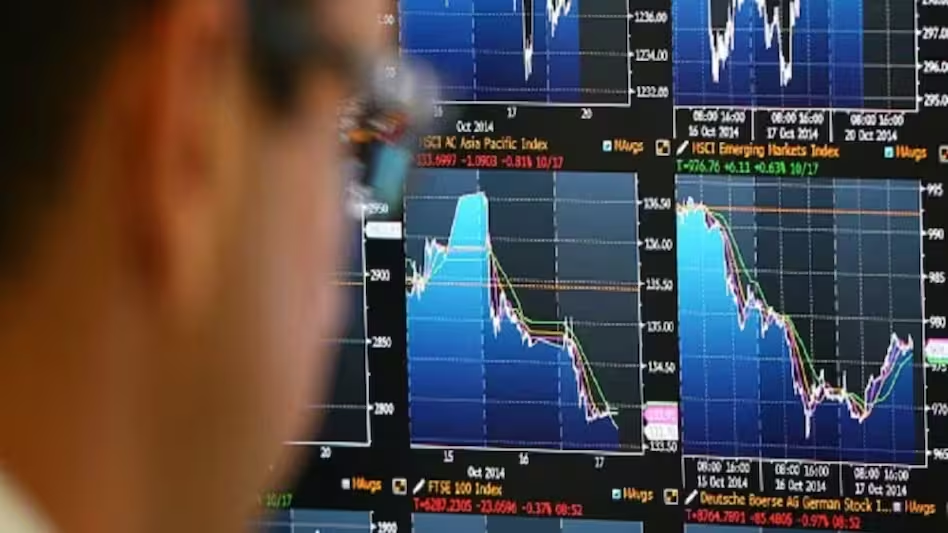India’s equity markets appear to be entering a period of relative stability, with the country’s risk premium compared to the United States dipping to a 20-year low. According to ICICI Securities, the yield spread between India’s and the US’s 10-year government bonds has narrowed to just 175 basis points — a level not seen since 2004–05. This reduction suggests that investors now perceive Indian assets as less risky, reinforcing confidence in the country’s economic fundamentals.
The brokerage notes that this declining risk premium supports elevated price-to-earnings (P/E) multiples for Indian equities. With India’s return on equity (RoE) standing at a healthy 15%, and the US at 19%, India still maintains a growth advantage, especially given its robust economic outlook. As a result, the current market valuation — with Indian equities trading at 21 times forward earnings, on par with the US — is seen as sustainable in the prevailing macroeconomic environment.
Despite this optimism, ICICI Securities cautions that geopolitical tensions in the Indian subcontinent could reverse this trend by increasing the equity risk premium, which could weigh on valuations.
India’s 10-year bond yield has declined by over 100 basis points in the past two years, reaching 6.3% — the lowest level seen in two decades, excluding crisis years like the Global Financial Crisis and the COVID-19 pandemic. At the same time, US 10-year yields are at 4.5%, bringing the spread down to its narrowest in 20 years.
Supporting the case for a lower risk perception, India’s credit default swap (CDS) spread compared to the US has also dropped to a record low. India’s CDS stands at 78.6 basis points, while the US is at 61.5, marking a mere 17 bps difference based on data since 2014.
The report also highlights structural changes in India’s equity market. Over the past decade, India has lost market share in new-age and tertiary sectors such as technology, communications, and consumer discretionary — especially when compared to the US and China. Instead, the Indian market has grown stronger in primary and secondary sectors like materials, industrials, utilities, energy, and financials. ICICI Securities attributes this trend to the evolving economic structures across regions: China is shifting towards tech innovation, the US continues to dominate in modern industries, and India remains reliant on traditional sectors, with financial services and IT outsourcing driving tertiary growth while manufacturing has stagnated.







